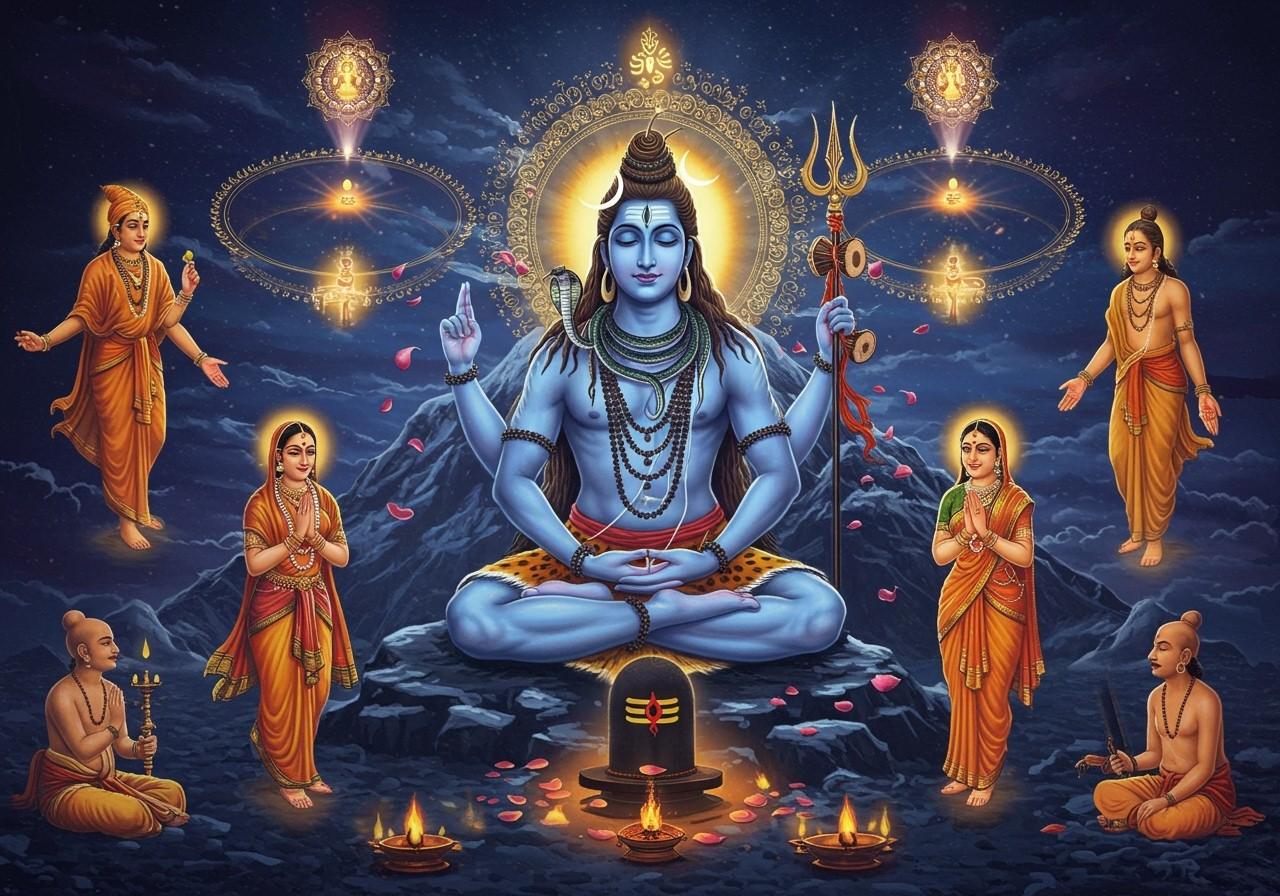
India’s cultural heritage is a vibrant tapestry woven with threads of tradition and spiritual beliefs. The Bhakti Movement and Shaivism are two prominent strands, each deeply influencing Indian society and interwoven with the other. This blog post delves into their intertwined history, exploring their impact on spiritual practices, art, and culture.
The Bhakti Movement: A Path of Devotion
Emerging in South India around the 7th century CE, the Bhakti Movement emphasized a personal connection with the divine, challenging ritualistic practices and caste hierarchies. Its core principles included:
- Devotion: Cultivating a direct, personal relationship with God, fostering love and surrender.
- Egalitarianism: Breaking down social barriers and promoting spiritual equality among all individuals, regardless of caste.
- Simplified Worship: Shifting from complex rituals to simpler forms of devotion accessible to everyone, emphasizing inner connection over outward display.
Figures like Kabir, Mirabai, and Tulsidas became prominent voices of Bhakti, enriching Indian literature, art, and music with their devotional poetry and hymns.
Shaivism: Reverence for Lord Shiva
With roots tracing back to pre-Vedic times and the Indus Valley Civilization, Shaivism centers on the worship of Lord Shiva. Central beliefs include:
- Shiva as Supreme God: Recognizing Shiva as the ultimate reality, the source of creation and destruction.
- Meditation: Emphasizing meditation as a core practice to connect with Shiva’s essence and attain spiritual insight.
- Shiva Lingam Symbolism: Venerating the Shiva Lingam as a representation of Shiva’s divine energy and cosmic power.
Diverse sects within Shaivism, such as Pashupata and Shaiva Siddhanta, offer unique practices and interpretations. Sacred sites like the Kashi Vishwanath Temple hold deep significance for devotees.
A Confluence of Paths: Bhakti and Shaivism
Shaivism profoundly influenced the Bhakti Movement, particularly through the devotional hymns and poetry of the Nayanars in Tamil Nadu. These saints emphasized personal devotion to Shiva expressed through emotional outpourings, foreshadowing the core tenets of Bhakti. Their works, rich in imagery and fervor, established a powerful template for Bhakti poets who followed.
Before the rise of the Vaishnava Bhakti movement, Shaivism held a dominant position in South India. This influence is evident in the magnificent temple architecture and vibrant festivals dedicated to Shiva across Tamil Nadu and Karnataka. These traditions, passed down through generations, continue to resonate with deep spiritual meaning.
Kashmiri Shaivism, a distinct school of thought, integrated elements of Bhakti into its philosophy. It focused on cultivating a direct, personal relationship with Shiva, blending devotional practices with profound philosophical insights. This synthesis enriched the spiritual landscape of India, contributing to the diverse expressions of Shaivism.
Guiding Lights: Saints and Philosophers
The Nayanars, with their unwavering devotion to Shiva, laid essential groundwork for the Bhakti Movement. Their hymns, deeply personal and emotionally resonant, became a cornerstone of Bhakti literature. Influential saints like Basava further integrated Shaiva principles into their teachings, advocating for social equality and spiritual liberation. Philosophers like Abhinavagupta synthesized Shaivism and Bhakti philosophy, leaving a lasting impact on spiritual practices throughout India.
Cultural and Artistic Expressions
The devotional poetry of Shaiva saints profoundly influenced Indian classical music and dance forms like Bharatanatyam. The emotional intensity and spiritual depth of their hymns found expression in the rhythmic movements and melodic nuances of these art forms. Sculptures and paintings depicting Shiva in his various forms adorn temples across India, showcasing the rich artistic heritage inspired by Shaivism.
Festivals like Maha Shivaratri bring together both Shaiva and Bhakti traditions, creating a vibrant tapestry of spiritual expression. These celebrations blend traditional rituals with personal devotion, fostering a sense of unity and shared spiritual experience. Indian cinema and literature also draw inspiration from Bhakti and Shaiva themes, exploring the complexities of faith, devotion, and the human condition.
Poojn.in: Supporting Your Shaivite Devotion
For those seeking to deepen their Shaivite practice, poojn.in offers a wide selection of authentic puja items. From rudraksha malas and abhishek sets to sacred materials and puja kits, poojn.in provides everything needed for Shiva worship, delivered right to your doorstep.
A Timeless Legacy
The Bhakti Movement and Shaivism have indelibly shaped India’s spiritual and cultural landscape. Their interwoven history reveals a rich tapestry of devotion, egalitarianism, and personal connection with the divine. Their influence continues to resonate through devotional poetry, simplified worship, and the teachings of influential saints. As we explore their legacy, we gain a deeper appreciation for India’s spiritual heritage and the timeless values they embody.


